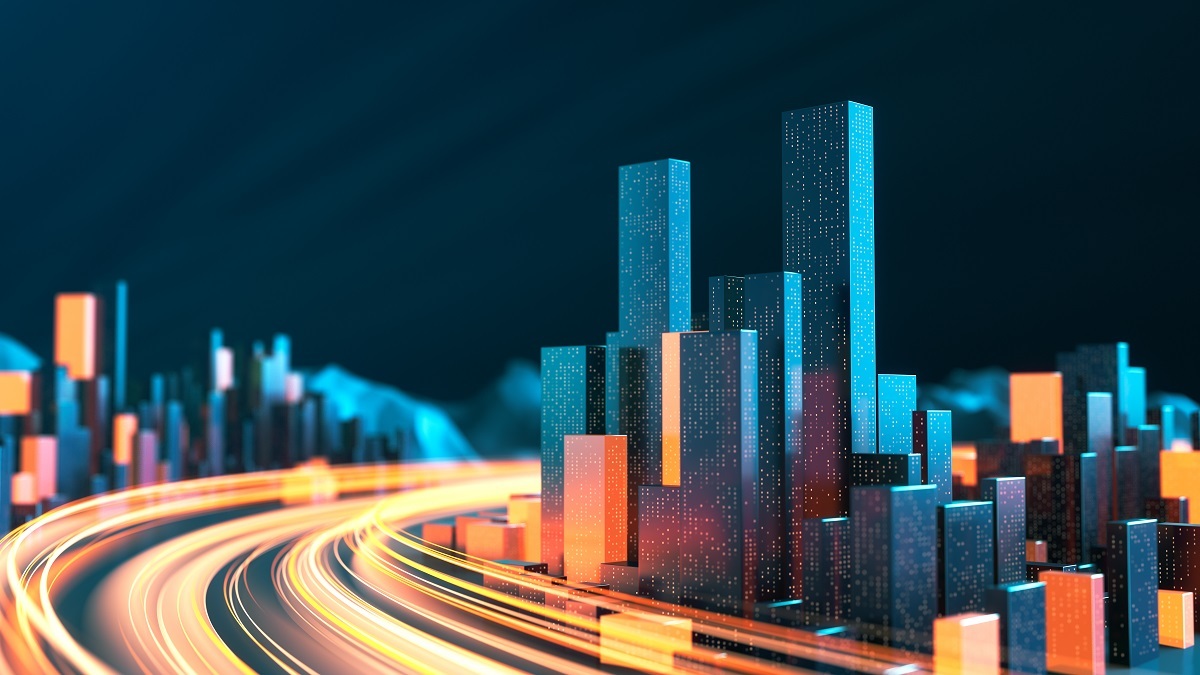Intelligent MEP design for cities of the future
Sponsored by Consistent Engineering Consultants
Humans have lived in cities for over 5000 years. Over that time, the technologies that allow people to live in cities have evolved. But there are many elements that are common to ancient settlements and today’s modern cities.
Safety, sanitation, privacy, community, purpose, movement: these have been the key requirements of cities and urban settlements throughout time. Sadly, as cities have grown, achieving some of these requirements has become difficult. Unwieldy sanitation and waste disposal are problems causing disease, unpleasantness and pollution. Privacy is hard to find and communal spaces become overcrowded. Routes between spaces are congested and frustrating. The overcrowding results in unemployment and low standards of living, leading frustrations to spill out into crime.
But with the advent of the fourth industrial or digital revolution we are seeing something better. In the 21st century digital age technology is combining with new ways of designing buildings and infrastructure. Cities are evolving from cramped, dirty and difficult places to live into “Smart Cities”, sustainable spaces that promote individual wellbeing.
Designing smart cities
A smart city is an urban area that uses digital technology to deliver a better city environment. The process of designing these cities starts right from the ‘master planning’ stage. For instance, minimising the effect of solar heat in the south orientation by introducing trees and plants which connect with nature, minimising use of vehicular movement through strategic planning of essential and emergency services thus reducing the use of fossil fuels, and use of smart technologies like kinetic tiles to generate electricity.

Proposed Design of Vishv Umiyadham Sustainable Temple and Community, India
The evolution of smart city thinking
Sagar Kulkarni, the Managing Director of Consistent Engineering Consultants, believes that smart cities need to be viewed as part of a wider movement. “When we talk about smart cities, it must be as part of a larger integrated process, starting with smart homes and buildings, followed by smart communities and neighbourhoods, then smart cities, and extending as far as smart countries. The ultimate ambition, of course, is to have a smart world where mankind lives sustainably with a minimal impact on the planet, but at the same time living happy, purposeful lives in harmony with their neighbours as well as with nature.”
Resilience is another quality that needs to be designed into the cities of the future. It is clear that buildings need to be capable of withstanding natural disasters such as earthquakes, storms and flooding. We can get better at this. It is perhaps obvious that electrical and mechanical equipment should not be located in basements in areas that are at even small risk of flooding; but this goes against conventional practice.
But we also need buildings and cities that are capable of coping with change such as continued global warming and unexpected events such as the pandemic we are currently living through. This requires cities to be flexible with, for instance, communications infrastructure that mean businesses are not tied to a single location, transport systems that can be re-configured to meet changing access requirements of patterns of use.
Can our ambition go further though? With the right technology, smart cities can help to heal our earth. We don’t just need to move to transport that no longer uses fossil fuels, we can employ vehicles that actively purify the air. We can plant more trees to counterbalance our carbon emissions but we can also construct artificial trees, placed on top of buildings perhaps that actively scrub the air for CO2. We can design cities that promote biodiversity by providing habitats for threatened flora and fauna and that reduce energy requirements by incorporating agriculture into open and closed spaces.
And from a human perspective we can create urban environments that promote wellbeing, by encouraging exercise, reducing stress and giving people more contact with the natural world, environments where people are safe, prosperous and fulfilled, and where citizens have been consulted and included in the planning process and positively engaged with the principles behind sustainable living.
Regenerative cities are the truly smart cities of the future and sustainable design will be core to their success.

Business Reporter Team
Most Viewed
23-29 Hendon Lane, London, N3 1RT
23-29 Hendon Lane, London, N3 1RT
020 8349 4363
© 2024, Lyonsdown Limited. Business Reporter® is a registered trademark of Lyonsdown Ltd. VAT registration number: 830519543





